|
Voiced by Amazon Polly |
Introduction
AI workloads are no longer simple scripts running on a single GPU. They’re complex systems that need to handle unpredictable traffic, expensive resources, and production-grade reliability. Kubernetes is solving that problem – turning AI models into scalable, cost-efficient, cloud-native services.
Real example: an AI Image Classification System that uses Kubernetes to manage GPU workloads, auto-scale under heavy load, and cut cloud costs by more than 90%.
Pioneers in Cloud Consulting & Migration Services
- Reduced infrastructural costs
- Accelerated application deployment
How the AI Image Classification System Works?
User Upload → Load Balancer → Kubernetes Service → Pod → GPU → Response
↡
Queue → KEDA Scaler → New Pods → Auto-scaling
This setup enables real-time image classification at scale while maintaining a dynamic and efficient infrastructure.
Step-by-Step System Flow
- Model Initialization
When a pod starts up, it loads the ResNet-50 model into GPU memory:
|
1 2 3 |
processor = AutoImageProcessor.from_pretrained("./models/resnet50") model = AutoModelForImageClassification.from_pretrained("./models/resnet50") model = model.cuda() # Moves to GPU (~2GB) |
This initialization takes roughly 8–10 seconds as the model loads and the GPU warms up.
- Handling a Classification Request
When a user uploads an image:
|
1 |
curl -X POST -F "image=@product.jpg" http://your-service.com/classify |
After the Upload:
- The load balancer receives the request.
- Kubernetes Service routes it to an available pod.
- The Flask app handles the request and pre-processes the image (resizing and normalizing).
- The GPU runs inference, typically in 200ms.
- The response is formatted and sent back, with a total latency of ~300ms. This means users receive near real-time classification, even during traffic spikes.
- Auto-Scaling in Action
The system utilizes KEDA and HPA (Horizontal Pod Autoscaler) to scale intelligently, and Karpenter to scale nodes as needed.
- Low Traffic (1–5 req/min) → 1 pod running → CPU: 20%, GPU: 15% → Action: No scaling
- Traffic Spike (100+ req/min) → Queue builds up (>5 items) → KEDA detects backlog → Scales 1 → 5 pods in 30 seconds → New pods run on spot instances (60% cheaper)
- Peak Traffic (500+ req/min) → CPU > 70%, GPU > 80% → HPA scales to 20 pods → Each pod handles ~25 req/min → Latency stays <500ms
- Cost Optimization Mechanics
GPU workloads can quickly consume cloud budgets. How this setup avoids that efficiently:
- Spot instances handle non-critical loads (60% cheaper).
- Node draining ensures no requests are lost when a spot instance is reclaimed.
- Scale-to-zero saves cost during idle hours.
|
1 2 3 |
# When no requests for 5 minutes (2 AM - 6 AM) → KEDA scales pods to 0 → Cold start (8–10s) on next request |
That cold-start trade-off is worth it, it can significantly reduce monthly GPU bills.
Real-Time Monitoring Dashboard
Everything is monitored continuously in Grafana and Prometheus.
Request Flow:
- Requests/sec: 45
- Queue length: 2
- Active pods: 4
Resource Usage:
- GPU: 78%
- Memory: 2.1GB / 4GB
- CPU: 65%
Performance Metrics:
- P95 Latency: 450ms
- Success Rate: 99.8%
- Error Rate: 0.2%
Failure Scenarios & Recovery
Pod Crashes
Kubernetes detects the crash within 10 seconds and automatically starts a replacement pod. Other pods handle the load in the meantime, resulting in zero downtime.
GPU Memory Exhaustion
If the GPU runs out of memory, the pod restarts and reloads the model. Proper resource limits prevent cascading failures.
Traffic Surges (Black Friday Scenario)
|
1 2 3 4 5 6 |
Normal: 50 req/min → Spike: 2000 req/min Response: - KEDA scales to 50 pods - Spot instances launch automatically - Queue prevents request loss Even massive spikes are absorbed smoothly. |
Cost Breakdown – Real Numbers
Without Kubernetes:
- 4 × g4dn.xlarge (24/7): $2,400/month
- 70% idle time = $1,680 wasted
With Kubernetes:
- Average 2 pods running = $600/month
- 70% spot usage = $420 savings
- Final cost ≈ $180/month
- Savings: ~92.5%
Development Workflow
Deploying a New Model Version
|
1 2 |
docker build -t myregistry/classifier:v2.0 . kubectl patch inferenceservice classifier --patch '{"spec":{"predictor":{"canaryTrafficPercent":10}}}' |
After one hour of validation, promote it to full traffic if metrics look healthy.
|
1 |
kubectl patch inferenceservice classifier --patch '{"spec":{"predictor":{"canaryTrafficPercent":100}}}' |
Debugging and Monitoring
|
1 2 3 |
kubectl logs -f deployment/image-classifier kubectl exec -it pod-name -- nvidia-smi kubectl exec -it redis-pod -- redis-cli llen image_processing_queue |
Why This Works So Well?
Kubernetes provides:
- Self-healing: Pods restart automatically.
- Load balancing: Requests are spread evenly.
- Cost efficiency: Scale to zero and spot instances.
- Predictable performance: Autoscaling maintains stable latency.
AI-specific advantages:
- GPU sharing for multiple models.
- Batch processing via queues.
- Canary rollouts for model versioning.
- GPU monitoring through Prometheus exporters.
With this result, we have an AI system that behaves like any other web app – scalable, reliable, and cost-effective – but with the horsepower to run deep learning at scale.
Conclusion
AI at scale isn’t just about bigger models or faster hardware, it’s about smarter orchestration. Kubernetes brings structure to the complexity of running AI in production.
The real takeaway is that teams can focus on building and improving AI systems, while Kubernetes handles everything else – from resource allocation to scaling and optimization behind the scenes.
Drop a query if you have any questions regarding Kubernetes and we will get back to you quickly.
Empowering organizations to become ‘data driven’ enterprises with our Cloud experts.
- Reduced infrastructure costs
- Timely data-driven decisions
About CloudThat
CloudThat is an award-winning company and the first in India to offer cloud training and consulting services worldwide. As a Microsoft Solutions Partner, AWS Advanced Tier Training Partner, and Google Cloud Platform Partner, CloudThat has empowered over 850,000 professionals through 600+ cloud certifications winning global recognition for its training excellence including 20 MCT Trainers in Microsoft’s Global Top 100 and an impressive 12 awards in the last 8 years. CloudThat specializes in Cloud Migration, Data Platforms, DevOps, IoT, and cutting-edge technologies like Gen AI & AI/ML. It has delivered over 500 consulting projects for 250+ organizations in 30+ countries as it continues to empower professionals and enterprises to thrive in the digital-first world.
FAQs
1. Why is Kubernetes considered the “operating system” for AI?
ANS: – Because it automates how AI workloads are deployed, scaled, and managed. Kubernetes handles GPUs, memory, and CPU allocation intelligently, making it easier to run large-scale machine learning and deep learning workloads without manual intervention.
2. Can Kubernetes handle GPU-intensive AI workloads effectively?
ANS: – Yes. Kubernetes supports GPU scheduling and resource sharing through device plugins, such as NVIDIA’s Kubernetes device plugin. This enables efficient GPU utilization across training, inference, and batch processing tasks.
3. How does Kubernetes help reduce AI infrastructure costs?
ANS: – By enabling auto-scaling, spot instance usage, and efficient resource scheduling, Kubernetes ensures that compute power is used only when needed. This eliminates over-provisioning and helps maintain cost efficiency even for demanding AI workloads.

WRITTEN BY Gokulraj G
Gokulraj G works as a Research Associate at CloudThat, with hands-on experience in automating infrastructure, managing cloud environments, and optimizing deployment pipelines. He is certified as an AWS Solutions Architect – Associate and a Terraform Associate, which supports his ability to design scalable cloud systems and manage infrastructure as code effectively. His day-to-day work involves tools like Kubernetes, Docker, and CI/CD platforms, all focused on building reliable and efficient systems.


 Login
Login
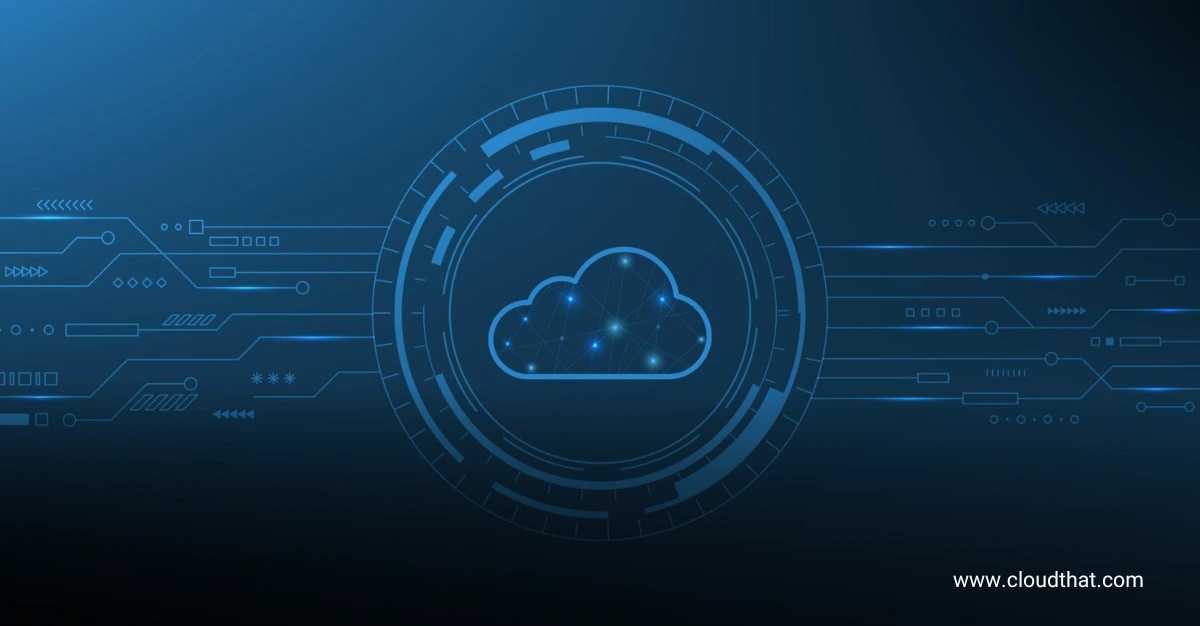

 November 27, 2025
November 27, 2025 PREV
PREV


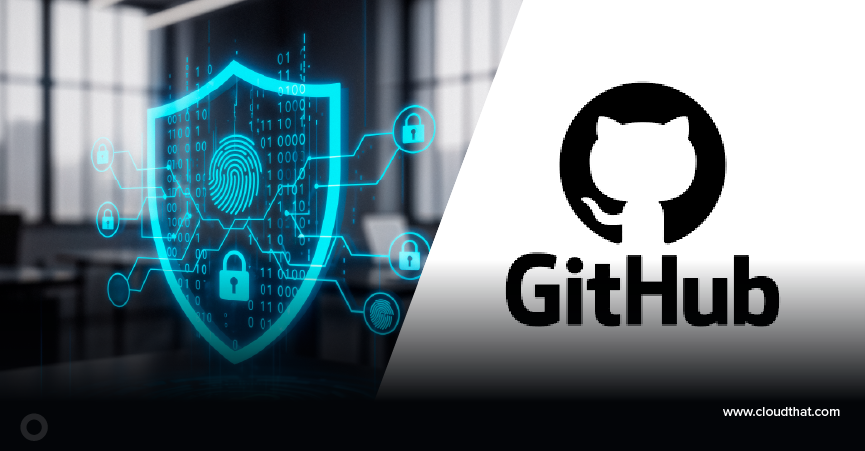
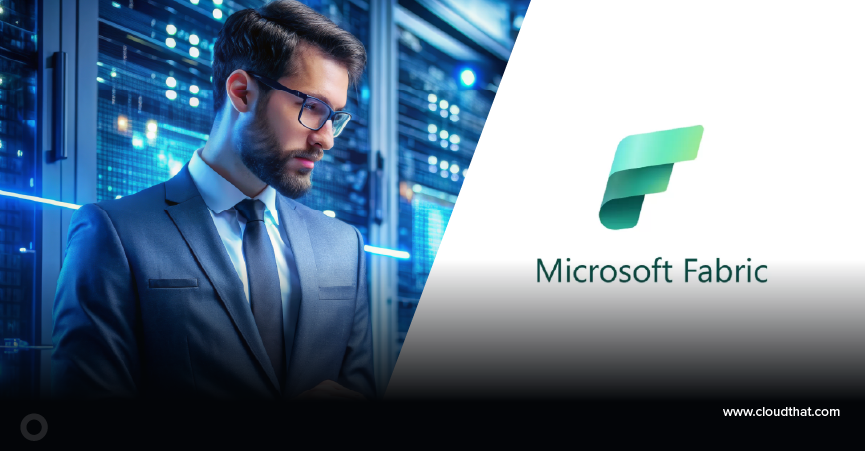

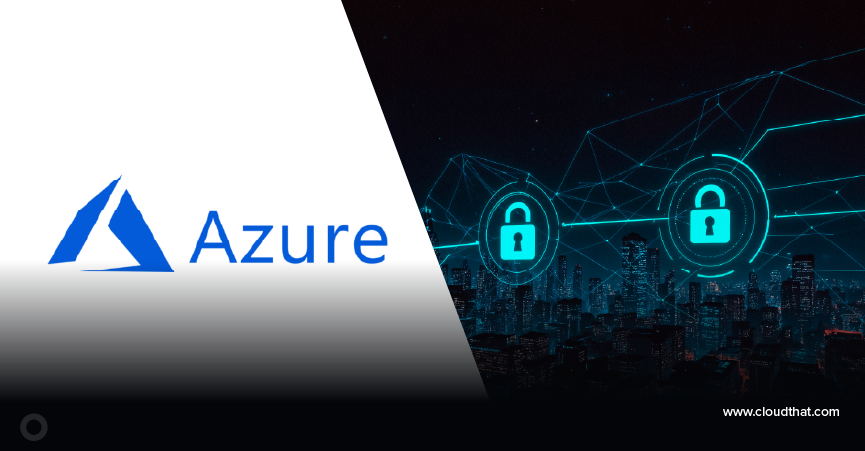

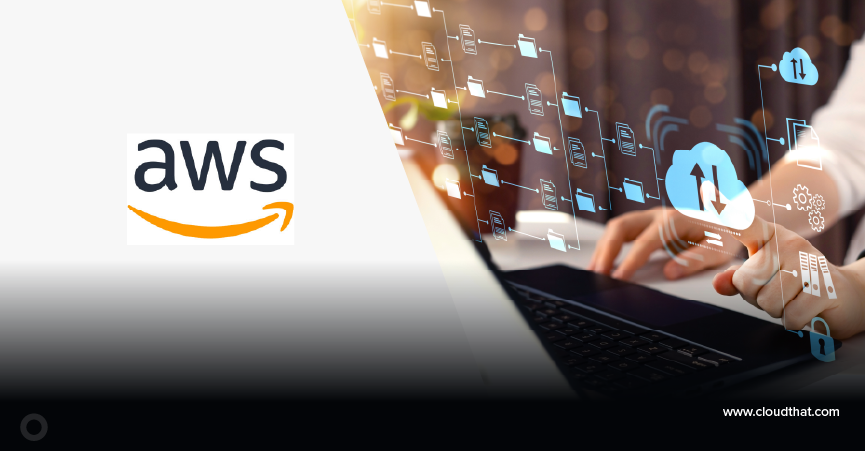



Comments